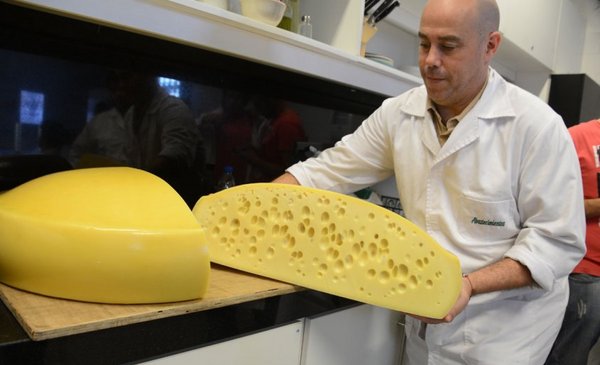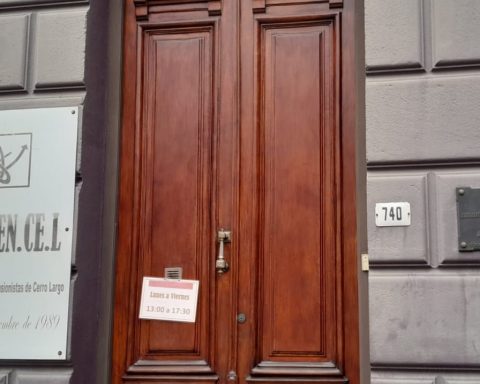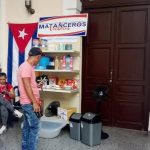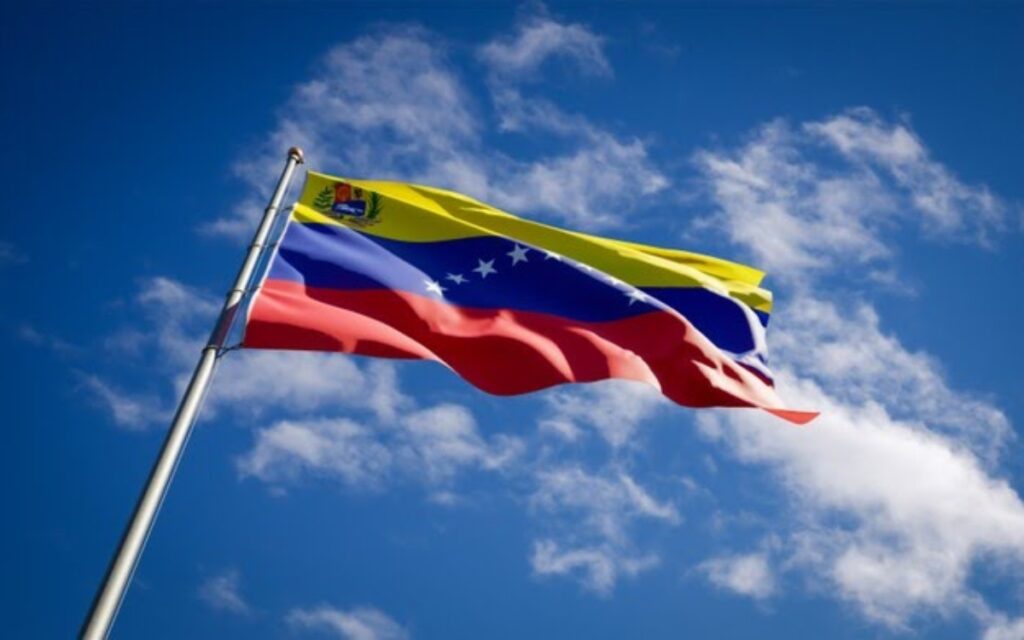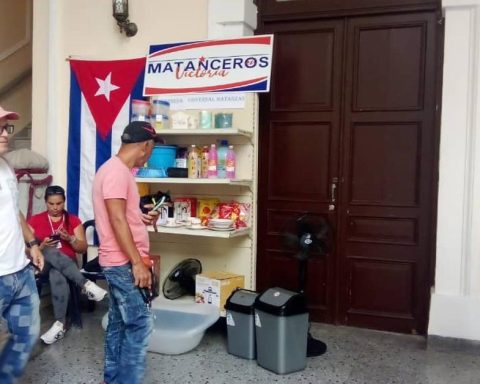The consumption of dairy products in Uruguay continues to increase and the level reached twice the average consumption in the worldaccording to a study developed by the National Institute of Agricultural Research (INIA).
“In uruguay 266 liters of milk are consumed per person per year, if we consider fluid milk and derived products. In 1999 it was 202 liters and since then every year Uruguayans have consumed two liters more than the previous year“, explained the agronomist Santiago Fariña, director of the INIA Dairy Program.
The professional stressed that this record “It is striking, because it is more than double the consumption of milk per capita in the rest of the world and one of the highest in Latin America”.
In the nearly 3,000 dairy farms that are distributed throughout the country, 2,000 million liters of milk are milked every year that are processed by the industry and by artisan dairies.
Of what is produced, always based on the INIA report, 70% is exported and 30% is sold in the domestic marketwhere per capita consumption of dairy is double that of the rest of the world.
With this as a framework, INIA has among its endeavors to work to maintain these figures with a higher quality product produced in more sustainable systems.
INIA
INIA estimated the number of dairy farms in Uruguay at 3,000.
What is produced with the milk?
Cheese is the main dairy product at the level of internal consumption and it is the product to which 20% of the milk produced annually is destined.. The most generated product with the milk produced in the dairy farms is powdered milk, which requires 50%, followed by fluid milk with 10%. Butter represents 7% and the rest is used for other products (ice cream, yogurt and dulce de leche, among others).
Regarding the quality of the milk Uruguayan, Fariña explained that 90% is processed by the industry, which is responsible for evaluating its safety, the absence of antibiotics and the solid content, which are those that contain the nutritional contributions.
“It is important to clarify that dairy farmers receive their payment based on the solids in the milk they send, not by the number of liters. Thinking about watery milk is equal to thinking about losses for the producer, the consumer and also the industry”, he explained.
With two million tons of milk per year, Uruguay currently produces twice as much as it can consume internally, hence, 70% is exported to more than 60 countries, with Brazil, Algeria and China being the main buyers in the last year.
One of three with surplus
“Our dairy is for export and that is particular in Latin America, where there are only two other countries that produce more milk than their population consumes: Argentina and Costa Rica. The rest produces only to supply itself internally,” said Fariña.
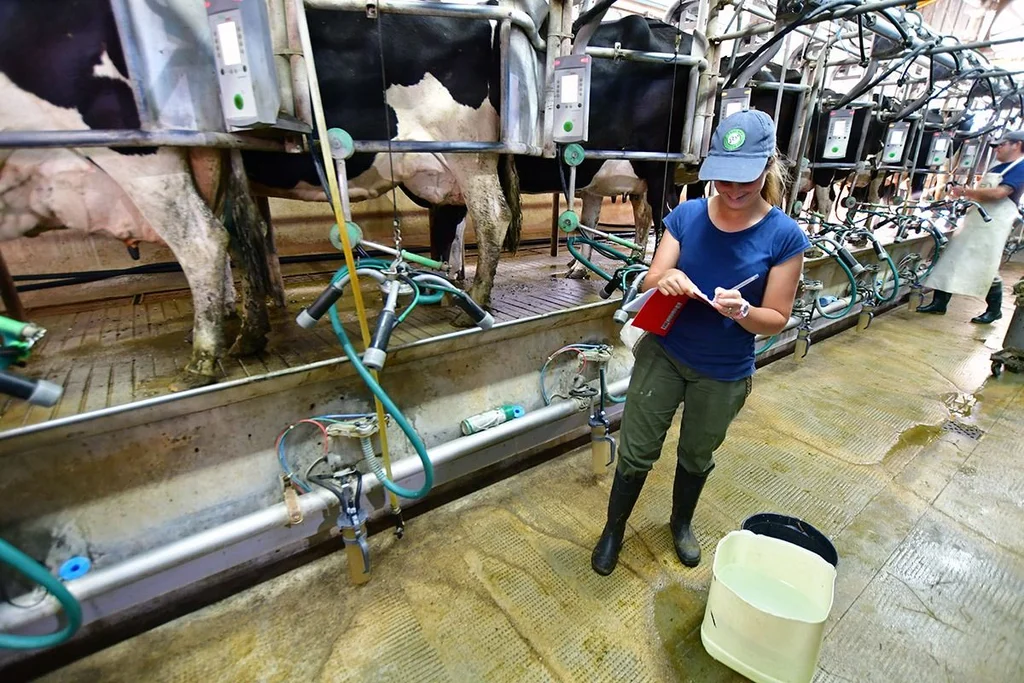
INIA
The most elaborated product with the milk sent from the dairy farms is powdered milk.
Sustainability, automation and robotization
In this framework of productive intensification, sustainability is a key objective for INIA researchers, which seek solutions that favor the entire chain at an economic, social and environmental level. Economically, they focus on designing systems with high efficiency in the use of pastures and on improving the health and comfort of the cows. They are also working on a genetic evaluation system so that producers have information to select bulls whose calves produce higher quality milk, are more fertile, live longer and get sick less.
in the social, the institute is studying technological alternatives such as automation and robotization that facilitate sacrificed and routine tasks typical of the dairy, and thus improve the quality of life of workers and make the dairy more attractive for new generations.
In environmental matters, INIA’s focus is on achieving the self-sufficiency of the systems, so that they do not require external inputs and improve the balance of nutrients on the farm and waste management, in order to preserve soil and water resources..
“Uruguay is a pioneer in Latin America in the environmental perspective of production systems, partly because of its export profile, which makes it attentive to what is happening in the world, and also because it had early warnings, such as the problem of effluents in the river Santa Lucía in 2013, which made him see that he had to take concrete measures, such as the Soil Use and Management Plan today,” Fariña highlighted.
The expert noted that “Going forward, what will determine the way in which the fields are worked and milk is produced in general will be related not only to consumers and markets, but also to neighbors and citizens who may pass along the route and see something they don’t like and report it”.
In this sense, he highlighted the opportunity to involve non-rural society in discussions on food production, health and agricultural systems.
Faced with this, Fariña said that “the main objective of science should be to help producers have stable income from systems that are the closest thing to nature in its original state, taking care of natural resources, with animals grazing outdoors and reducing the need to use external inputs”.
“There are still things to improve and from science we are working to achieve it, because the objective is to maintain the productivity and quality of Uruguayan milk, ensuring the sustainability of the entire chain,” he concluded.
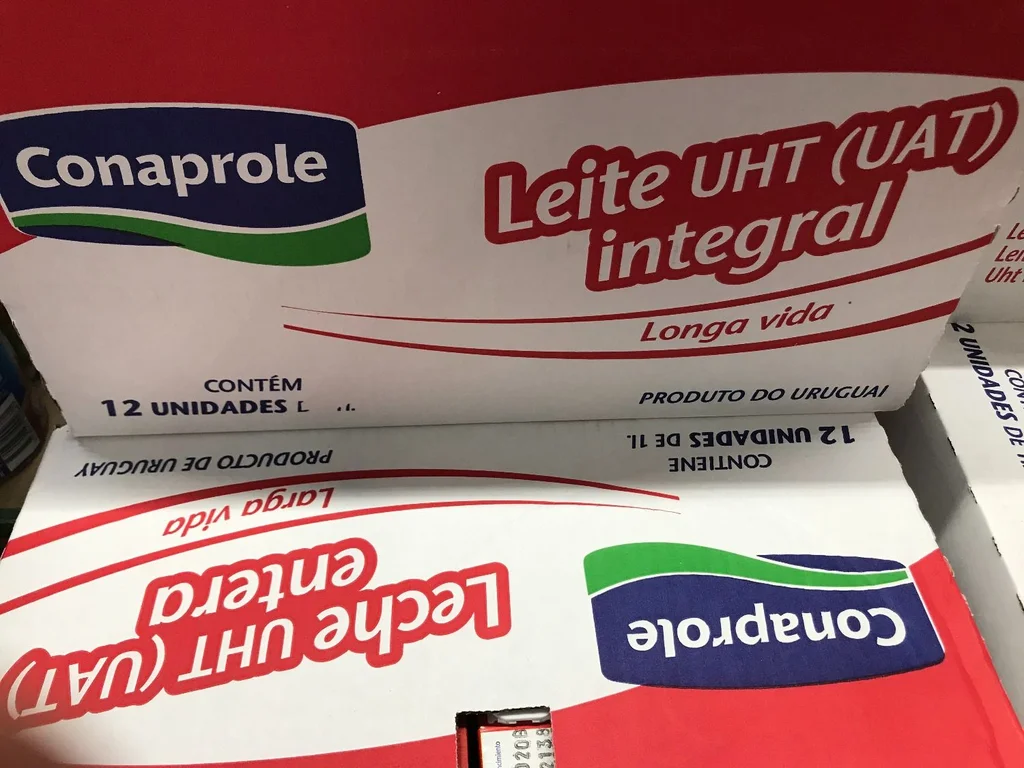
john samuel
Long life milk made by Conaprole for export to Brazil.
